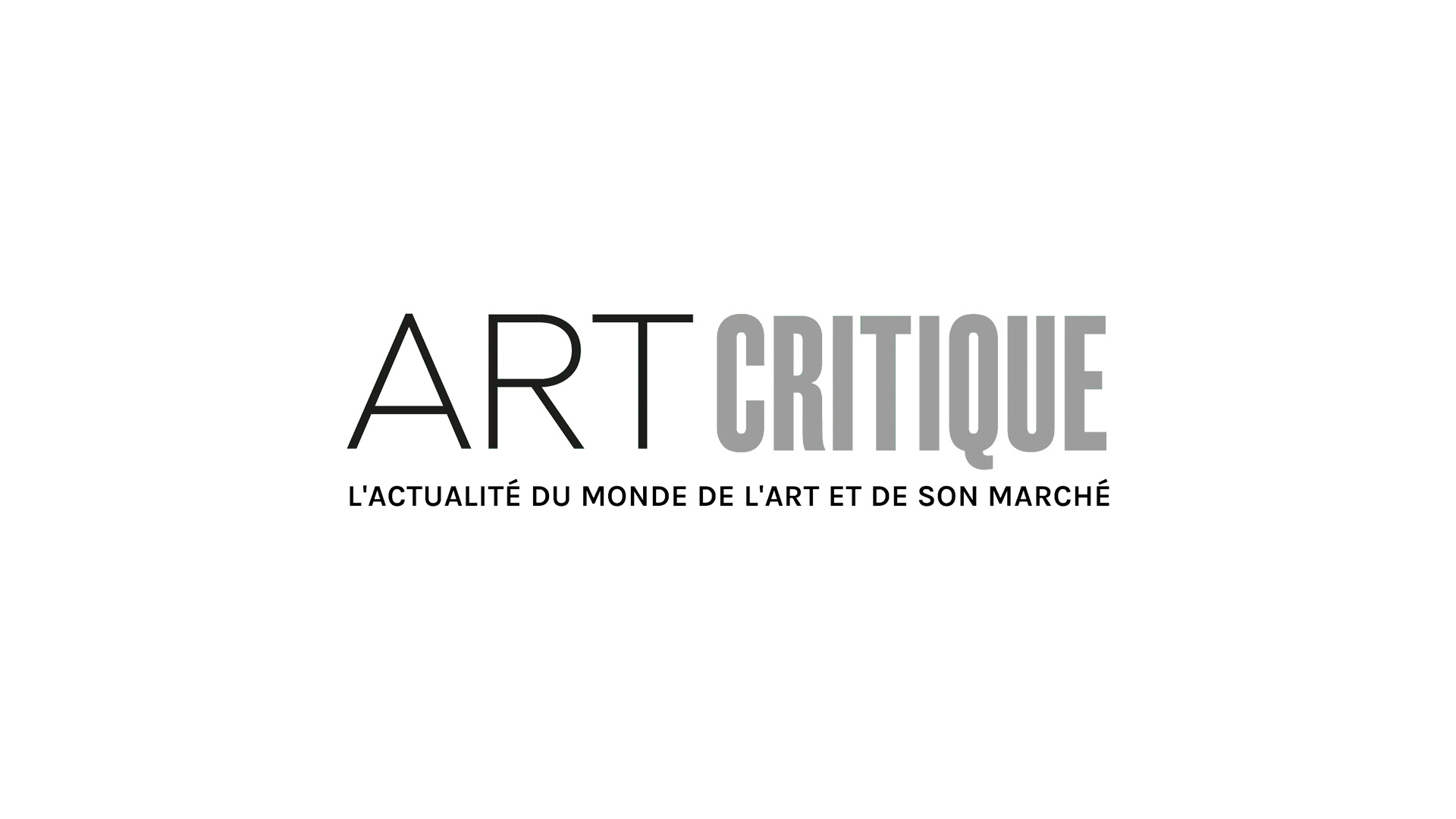The Haida, an Indigenous group native to the west coast of North America do not have a word for “artist” in their language. The closest approximation of the term one might hear translates to “clever hands”. And the clever hands of the Haida and the works they have brought into the world- from traditional weavings, tools, and cutlery to grand totems and brilliant masks- are currently on display at the McCord Museum in Montréal as part of the exhibit “Soing K’awxangs” or “Supernatural Stories”. The exhibit not only explores the depth of the tie between the Haida and the otherworldly beings at the root of their culture, but serves as a retrospective of the near death of Haida culture at the hands of European colonizers.
While the title of the exhibit may indicate some form of documented or performed storytelling aspect to the collection, there is very little narrative put forth by these works. Instead, while it is mentioned that verbal story telling filled a great portion of life for the Haida, this exhibit shows how the Haida weave these supernatural stories throughout all aspects of life. They take their deep significance and invest all matter of hand crafted items with the essence of these tales so embedded in the history of the Haida. The figures of these creation stories and ethereal tales, the process of conveying them through carved and painted objects, and the daily lives of the Haida all seem inescapably entwined. Acclaimed Haida artist Robert Davidson, who aided the McCord greatly with his knowledge of their collection decades ago, states “We Haida were surrounded by art. Art was one with culture. Art was our only written language. Throughout our history, it has been the art that has kept our spirits alive.”

This deep connection between the Haida’s existence and their artistic expression can be seen in so many common items throughout the exhibit; bowls and utensils carved with the images of ravens and eagles (the two fundamental groupings Haida are assigned to at birth), as well as various sea creatures present in both their stories and their homeland along the North Pacific. While the massive wooden totems are perhaps a more iconic visual in the context of Indigenous craftsmanship, just as striking are the intricately carved, glistening black stone totem poles on display here, their obsidian surfaces giving a truly supernatural significance to the images they evoke. Perhaps the most captivating of the objects found in the exhibit are four masks, suspended in the darkness of four separate cases, peering back at you with rich character and haunting stillness. Some have the more traditional role of depicting mythological beings for use in performance and ritual, but one of the masks displayed is associated with a near drowning, its deep blue mirroring the change in complexion from exposure. These objects of ritual and decoration are far outweighed by the utilitarian ones however: cutlery, cookware, dishes, knives, baskets, and bags make up the majority, many serving their uses in the often mentioned Potlatch, a large and culturally important feast that marked special occasions. It is grim and sobering to know that from 1885 to 1951 the Canadian government banned this celebration, amongst endless other aspects of Indigenous culture.

The McCord Museum presents “Supernatural Stories” with an awareness of their position in relation to Indigenous artists, both historical and present. While the immoral acquisition and displaying of Indigenous artworks by the west is certainly still an ongoing issue, contributing curator Kwiaahwah Jones poses that “museums and cultural institutions like the McCord will play a pivotal role in creating safe places for Indigenous truths to emerge.” And it is clear that this particular exhibit gives the public a small window into the art of the Haida past and present, allowing a culture nearly snuffed out by uncaring wills to tell its supernatural story, spanning centuries and connecting clever hands across time.





